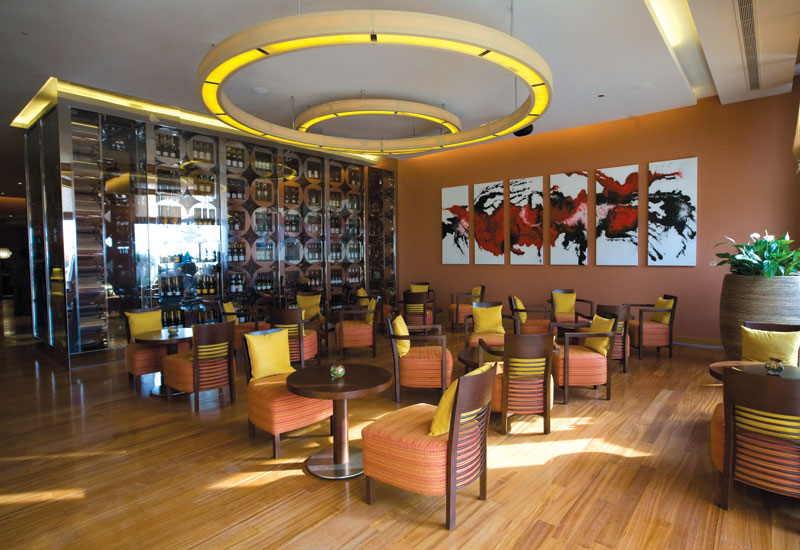Fairmont Bab Al Bahr director of F&B Bastian Breuer adds that striking a harmonious balance between all the in-house offerings will appeal to guests. “Essentially we focused on concepts that complemented and would not directly compete with each other,” he explains. “Plus it was very important that each restaurant concept was easily identifiable for the guest.”
Giving the clients what they want is of course vital, notes Marriott’s Dawood. “We started our F&B development by studying the market and the surrounding concepts around the hotel,” he explains.
“We also conducted some surveys with our guests and clients to establish preferred themes and concepts.”
Kempinski’s Duclos adds: “You have to ensure offerings will also attract the local clientele. Each outlet should answer either a gap in the market or an opportunity to deliver the brand message.”
As these projects demonstrate, F&B is taken extremely seriously by today’s hospitality groups operating in the region — but that could well be down to the fact that, unlike many other restaurant hotspots around the world, the majority of outlets frequented by tourists are located within hotels, due to local alcohol licensing laws.
Aloft Abu Dhabi’s executive chef in charge of F&B, Todd James Hunter, notes: “The benefits of operating a restaurant as part of a hotel override the difficulties, primarily due to the major factor of alcohol licensing laws.
“In addition, having a marketing team already in place in the hotel also contributes to the success of the outlets.
“The only real difficulty is making sure the hotel has a sufficiently diverse range of outlets so it can meet all guests’ needs and prevent them from going elsewhere to eat,” he points out.
However Fairmont’s Breuer highlights the other side of the coin: “In a hotel you capture not only residents in the city but also in-house guests, and by that nature higher occupancy equals more covers. That’s a benefit you don’t see in stand-alone outlets,” he comments.

Advertisement
Of course there are a few challenges to operating what is practically an independent business within a larger operation, as Kempinski’s Duclos points out.
“Unfortunately, many hotel companies consider F&B just another part of the guest services and don’t give it as much attention as they put into, say, the rooms,” he claims.
Radisson’s Van Veen adds that hotel restaurants are often viewed as over-priced.
In addition to these issues, there is the pressure of running multiple outlets simultaneously, to equally high standards.
Perhaps these combined pressures are partly responsible for the increasing number of hotels tying up with independent brands, whether through joint ventures or management contracts.
At Fairmont Bab Al Bahr, Breuer says the team was “ecstatic” to welcome two established brands to the hotel. “Thanks to our ownership structure (Rmal Hospitality), we brought on board two renowned concepts: Frankie’s and the Marco Pierre White Steakhouse and Grill,” he says.
Mövenpick’s Stanco agrees that joint ventures are a good idea if you find the right partner. “You can share expertise and add value to the property, and of course you’re sharing the risk as well,” he notes.
Marriott ’s Dawood adds that a recognisable chef, brand or specific concept is easy for the guests to recognise, which often acts as a major draw, while Radisson’s Van Veen believes such partnerships are set to increase.
“In future there will be a lot of independent brands that will tie up with hotels, because many brands will want to be here with a licensed outlet,” he reasons.
“Furthermore, well-known brands are recognisable and familiar, so they are assured footfall — which helps the hotel to ride on the positive perception of a good brand name.”










 Search our database of more than 2,700 industry companies
Search our database of more than 2,700 industry companies









